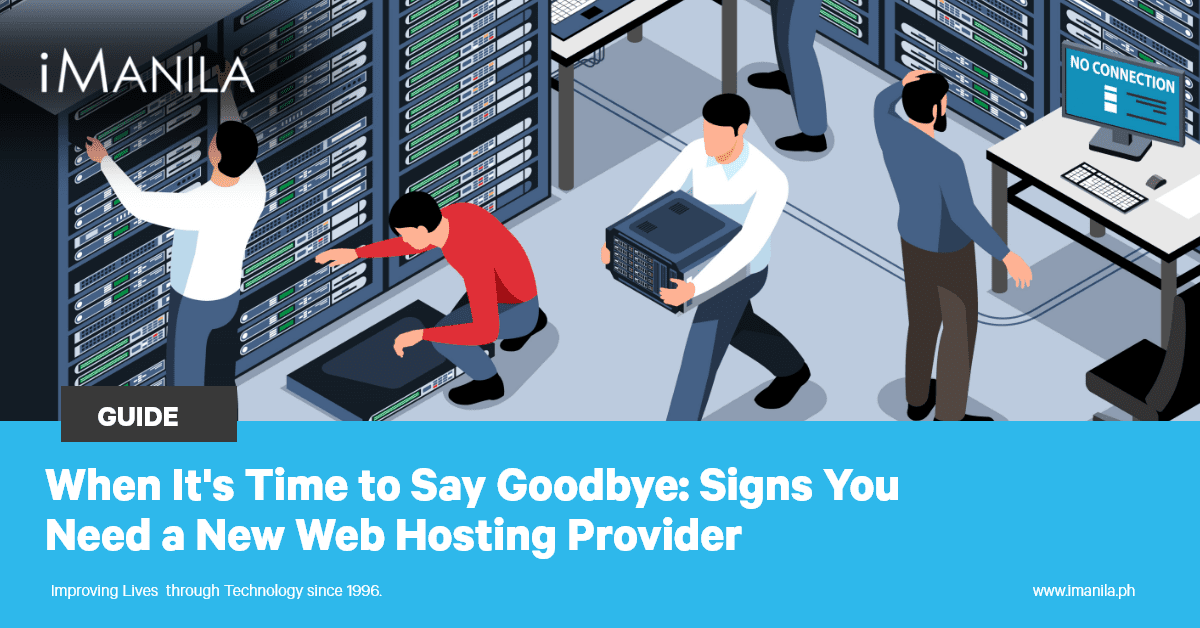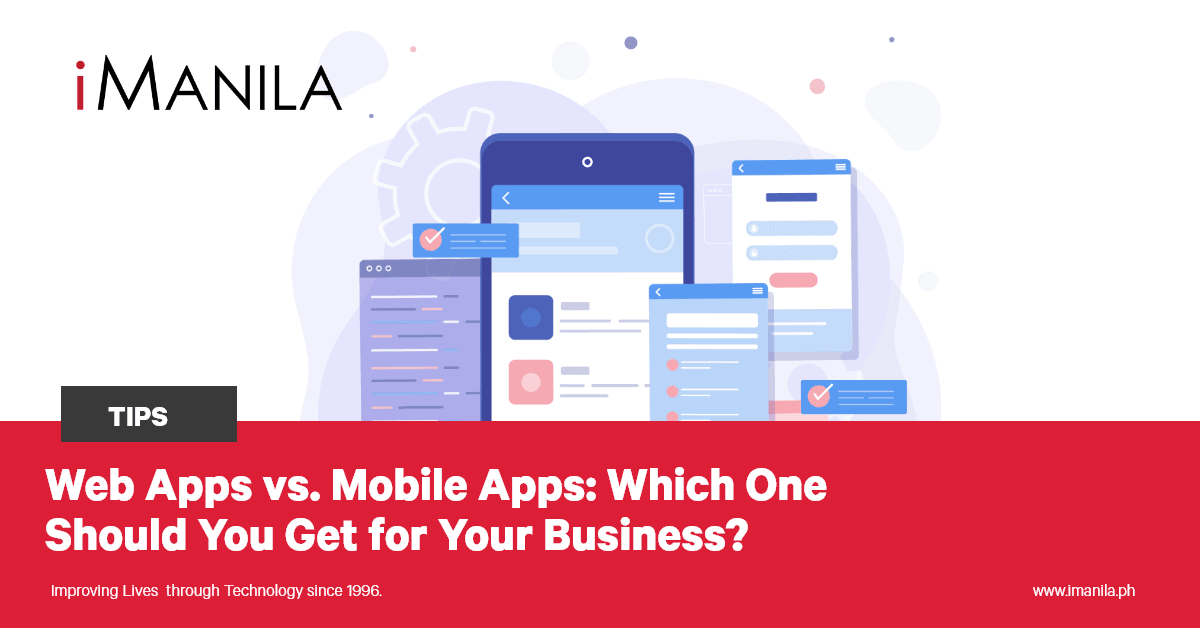Since its beginning 40 years ago, the internet has widely evolved. It is now a home to roughly 1.13 billion websites with 5.16 billion active users. As the internet has progressed, so do the trends in website development. And as a website owner, it is essential for you to keep up with these trends.
By doing so, it ensures that your website stays relevant and competitive in the digital space. It also enhances your website’s user experience and keeps your visitors engaged, which is critical for the success of your website. Lastly, staying on top of website development trends can help optimize your site’s performance, ensuring that it runs smoothly and efficiently.
If you have this vision for your business website, tag along as we trail the web development trends that will shape the year 2023 and beyond!
Progressive Web Apps
A progressive web app (PWA) is a website that has the appearance and functionality of a mobile app. It improves user experience as it has faster load speed, workable offline, and no installation required among others. Although it’s no longer a new concept, their latest iteration is set to replace traditional web apps entirely. Many big companies like Starbucks, Uber, Pinterest, and Twitter have already adopted PWAs and more are expected to do so in 2023.
AI Chatbots
AI chatbots are predicted to become even more advanced and efficient in 2023 to better cater user’s needs. These chatbots help companies perform tasks faster. It also improves customer experience by collecting data, answering frequently asked questions, and resolving issues. Many leading B2C companies are already using AI chatbots, and their use is expected to increase even more in 2023.
WordPress Development
According to W3Techs, WordPress powers over 40% of all websites on the internet. To constantly meet the ever changing user demand, WordPress will introduce new features. It is expected to undergo changes such as a new navigation structure. This aims to simplify the user experience by combining post editor and template experiences. WordPress will also offer new design tools to improve website aesthetics this year.
Motion UI
The demand for digital experiences has evolved beyond mobile-friendliness. Consumers are now seeking for more interactive experiences. This is why Motion UI has become popular. With this development, web elements can slide, spin, bounce, transition, and more, making the website more engaging.
Responsive Site Design
Mobile devices account for more than half of all web traffic. With this, the importance of mobile friendly website design has increased significantly in the past years. In 2023, responsive design will focus on providing more personalized experiences to users. This is in the means of offering one-click ordering on ecommerce apps and incorporating biometric authentication such as fingerprint scanning and voice recognition.
Dark Mode Standardization
Dark mode or low-light website trend is expected to continue in 2023, as statistics show that 81.9% of mobile users use this mode. Popular apps like Facebook and Twitter have already implemented this feature. These apps allow users to easily toggle between light and dark modes based on their preference or system settings. Website personalization is crucial than ever as visitors expect a completely customized experience. As more developers include a built-in feature to switch between light and dark modes, it is expected to become the standard in 2023 and possibly even the default for applications.
Improved Cybersecurity
With over 2,200 recorded cyber attacks per day in the previous year, cybersecurity is a top concern in 2023. Companies of all sizes are vulnerable to cyber attacks. These attacks can cause hours of downtime, significant loss of revenue, and damage to reputation. To address this concern, website development has shifted towards easier implementation of safeguards such as application-based multi-factor authentication, patch management, and Security Operation Centers (SOC).
Web development is and will continue to evolve to meet the demands and expectations of today and the future generation of users. Ensure your website doesn’t get left behind, talk to the experts in iManila!
With 27 years of experience in the industry and an IT company at its core, iManila, having been one of the first Internet Service Providers in the Philippines, is committed to providing our clients with innovative information technology, web, and digital solutions.
iManila is a full-service business web development company in the Philippines ready to help you with WordPress website creation or building an ecommerce website for your business. From web design and development and website update and maintenance, to web hosting, email hosting, and technical, desktop and remote support, we are your team. Aside from this, we are also an applications development company specializing in customized web systems for businesses in different industries and a top digital marketing agency that provides a wide range of digital marketing services. Talk to us!









